The 12 bridges originated from the Fukien Southern Sil Lum (Shaolin) temple. They were derived from the Tid Sin Kuen (Iron Wire or Iron Thread Set of Hung Gar) developed by Abbot Gwok Yan. Gwok Yan, who lived to be 110, passed down his knowledge to Grandmaster Leung Kwan. Born in Gwan Dong Lam Hoi (1830-1886), Sifu Leung Kwan earned his nickname Tid Kiu Sam, or Iron Bridge Number Three (The 3rd son his family). He was famous for his iron hand bridges and his 1,000 pound sinking Say Ping Ma (Horse Stance). He was also a member of the Tung Sup Fu (Ten Tigers of Canton) during the late Ching Dynasty. He passed on his knowledge to Sifu Lam Fook Sing, who later passed it on to the very famous Wong Fei Hung (1850-1933).
- Gong - Firmness (Hard movements of a set)
- Yao - Softness (Flexible and internal pressing)
- Bik - Crowding (Squeezing and colliding)
- Jik - Straight (Thrusting motions)
- Fun - Dividing (Splitting movements)
- Ding - Stabilize (Concentrated movements)
- Chieun - Link (Chain one movement to the next)
- Tai - Lift (Supporting movements)
- Lau - Reserve (Stationary posture)
- Wan - Sending (Expelling energy)
- Jai - Control (Used in conjunction with crowding)
- Deing - Finalize (Ending the contact)
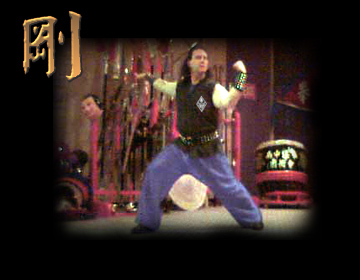
Gong Kiu
Gong Kiu means "Hard Bridge"; meaning to heave a strong mind and attitude, to stand up for your rights and the rights of others. Physically, Gong Kiu means to force hard power outward with an open body position. The technique starts at the waist in a Say Ping Ma (Horse Stance) and explodes into a Gee Ng Ma (Bow and Arrow Stance) while the arm technique (punch, palm strike, tiger claw, etc.) forces hard power straight outward.
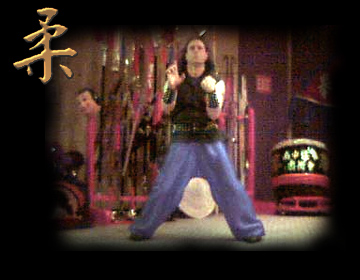
Yao Kiu
Yao Kiu means "Soft Bridge" and is the opposite of Gong Kiu. It also means one must be calm, relaxed and passive when neccessary. It implies the use of "Soft" internal Chi power. Yao Kiu is used to train Fu Jow (Tiger Claw) gripping techniques. Yao Kiu stengthens the fingers and develops the iron hook.
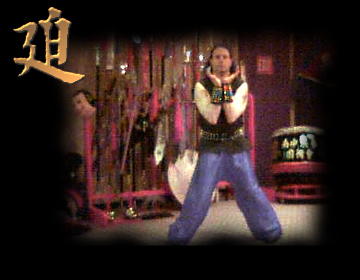
Bik Kiu
Bik Kiu means to protect oneself, to react when attacked. Physically, it means to squeeze force in an upward direction and trap. To train in this technique one must squeeze the fingers tightly into a Fu Jow (Tiger Claw), palms facing upwards, sink and squeeze elbows together to make the connection with the Dan Tien (Energy Center of the body), expel the breath using the sound "BECK" to force the energy upward and generate power to the hands, all the while changing stances from a low Say Ping Ma (Horse Stance) to a high Kim Yeung Ma stance.
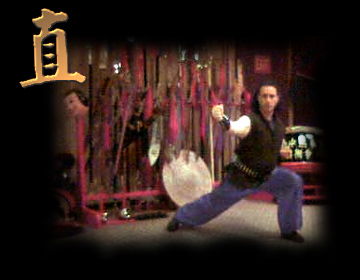
Jik Kiu
Jik Kiu implies a direct force used as a last resort reaction in a dire situation. The direct force applied when using Jik Kiu describes the straight path of power delivered by a punch or strike. To correctly execute this bridge, one must maintain the straight arm, without locking the elbows. Jik Kiu is a technique in which the power emanates directly from the waist, through the arm, and finally to the target.
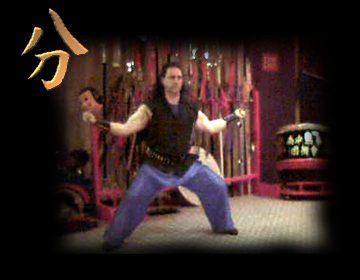
Fun Kiu
Fun Kiu teaches differentiating good from evil, to divide and conquer. The most important Fun Kiu technique is Fun Gum Kiu (Gold Splitting Bridge), which is effective when used with an internally powerful Fun Gum Kiu or Kwa Choy (Backfist). The attacking strike is delivered with a circular opening motion (Dividing).
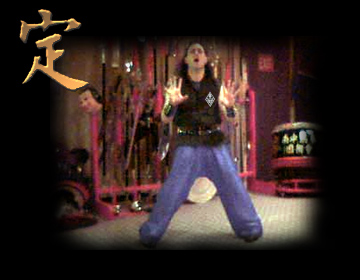
Ding Kiu
Ding Kiu teaches one to be calm, even when angered. Ding Gum Kiu (Solid Gold Bridge), trains the whole arm to be as strong and solid as an iron bridge. When executing this technique, the fingers must be held close for solidarity. The hand position is an open palm.

Chieun Kiu
Chieun Kiu teaches tolerance and how to make and give room to others. To use Chieun Kiu, one must train the hands to become strong and sharp like a Gim (Double- Edged Sword), enabling the practitioner to deliver the inch power afforded by the bridge. Double Chieun Kiu is used to strike to the upper gate such as the Chin (throat) in close quarter fighting, whereas single Chieun Kiu is used to attack the middle gate, such as the ribs at middle distance.
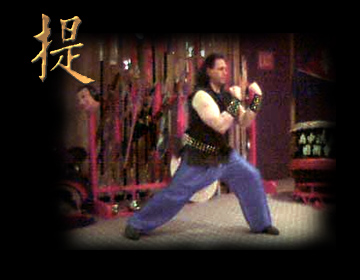
Tai Kiu
The physical use for Tai Kiu is to lift upward while curling the forearms using Jong (Colliding Power) to break through an opponent's gate. Tai Kiu is most effective for short range. Philosophically, Tai Kiu means to have strong leadership, and taking responsibility for one's actions.
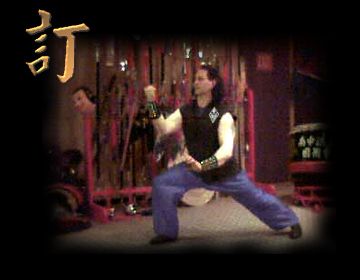
Lau Kiu
Lau Kiu means to evaluate all situations, not to react hastily, and not to underestimate any opponent. Only by careful observation while maintaining a calm and clear mind can you determine the opponents weakness. This allows you to use the opponent's shortcomings and anger against him during combat. Hung Gar's secret index finger sign is a traditional Lau Kiu technique used to identify one's political and ideological affiliation.
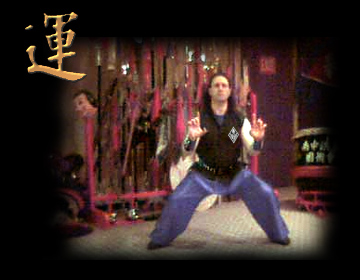
Wan Kiu
Physically, Wan Kiu can be used either to the left or the right to redirect the opponent's energy. Similar to the previous bridges, Wan Kiu instills many skills and virtues in its practitioners. It teaches one o be cautious, honest, good to others, and to live a peacful, guilt free life, to avoid having to look over your shoulder all the time.
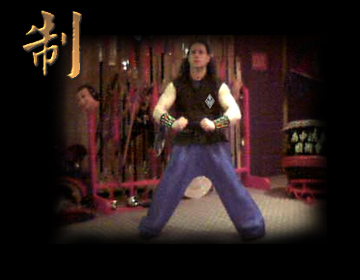
Jai Kiu
Jai Kiu means to subdue, to tame, to stop something by standing in it's way. It teaches you to control a situation and to restrain from causing extreme harm in case the opponent is already down. Physically, the Jai Kiu technique is a downward and an upward force, example is the uppercut and pressing down technique used in Tid Sin Kuen (Iron Wire Set). Each technique is a composite of both Yao (Soft) and Gong (Hard) movements combined with proper breath and sound ("BECK"). Soft power is used to control, while hard power is used to stop an opponent.
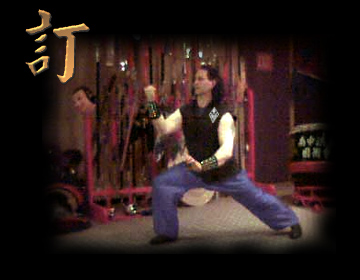
Deing Kiu
Deing Kiu is the most advanced of the 12 bridges. It cohesively links all the tenets of the previous 11 and the qualities which allow one to achieve Mo Duk (Loyalty, Respect, and Virtuosity). Deing Kiu summarizes Grandmaster Tid Kiu Sam's philosophy that one can be victorious in most situations if knowledge and strategy are combined with an ability to apply correct technique. To achieve this goal, you must first master both internal and external foundations, such as stances, bridges, breath control, proper application of sounds to generate power, body positioning, use of angles, sinking and rising, placement of the tongue, and centering of the Dan Tien. Without foundation, techniques are worthless.

